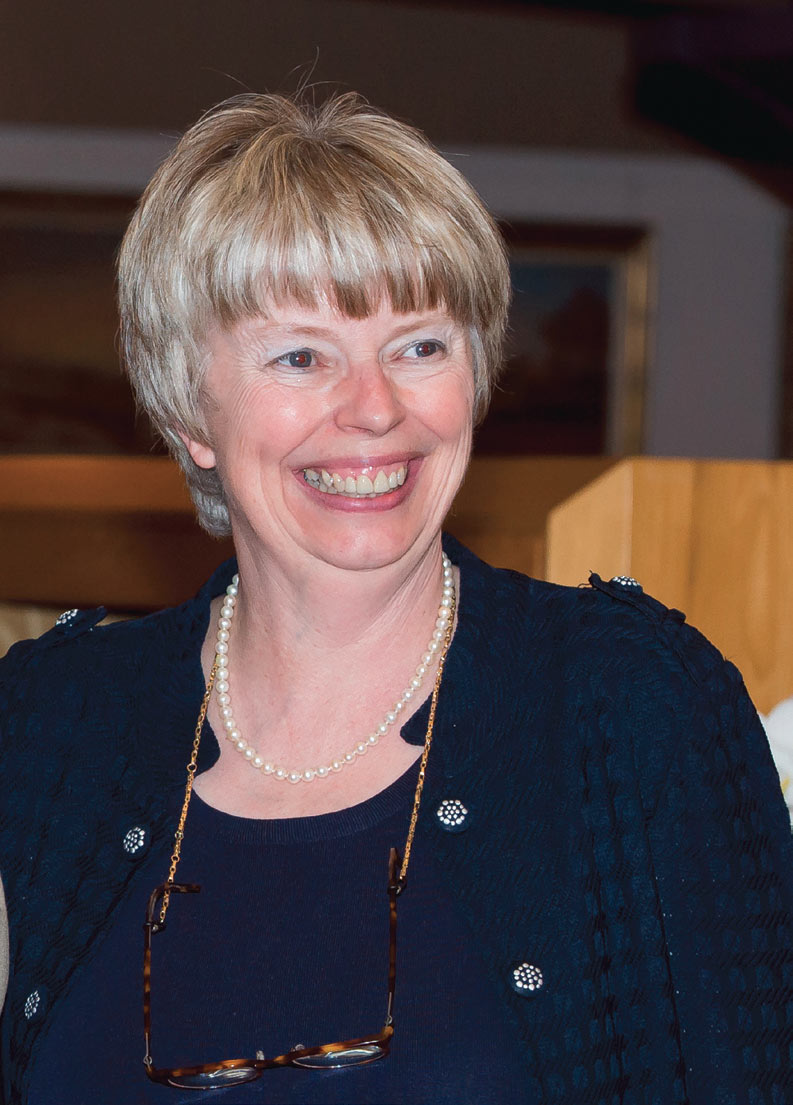Professor Brenda Wingfield writes that we would not be here without fungi: apart from being an essential source of antibiotics, they are the world’s most important decomposers and nutrient cyclers. We also depend on fungi for our ‘daily bread’ that would not rise without them and, for those who enjoy the occasional ‘tipple’ or who frequent pubs, life would be much less jolly without the fungal fermentation that results in most alcoholic beverages.
In addition to their many other crucial roles in our lives, fungi are the world’s most important causal agents of plant disease – in fact, the majority of the most devastating diseases of plants are caused by fungi. Importantly, these problems are increasing in number and impact globally, and are now seriously threatening world food security.
Fungi that cause plant diseases are mostly microscopic, yet the diseases that these ‘pathogens’ cause are much more obvious. Perhaps the most famous plant disease is late blight of potatoes that gave rise to the Irish Potato Famine, resulting in the death of more than 1 million people and a huge migration of Irish people to America (and other parts of the world) in the mid-1800s. Trees are particularly susceptible to fungal plant diseases. The best example in the Southern Hemisphere involves a species of Phytophthora (not strictly a fungus but studied by people who work with fungi and who investigate tree diseases), which causes a root disease that has devastated natural woody ecosystems in Australia and is now also causing substantial damage to native trees and shrubs in South Africa.
The impact of tree-infecting fungi in natural forests and woody ecosystems is huge.
What is the solution to the terrible threat? The most obvious step is to slow down the global spread of fungal pathogens. This is no trivial matter and it is fraught with many logistical problems. The movement of people and products is the major route by which fungal pathogens have moved globally, an increasing trend. It is not possible to stop this movement of people and products as this is closely linked to the world economy. Some countries such as Australia and New Zealand have excellent quarantine mechanisms but they are relatively unique, partially in that they are islands and able more easily to control the movement of people and products into their countries. From a South African perspective, we know from human migration that our borders are incredibly porous. Thus any fungus that arrives somewhere on the continent is probably going to get to us sooner or later.
Identifying the pathways of movement of pathogens is, therefore, thought to be more effective than attempting to produce lists of fungi to be identified at borders. And our ability to identify potential threats is compromised by the fact that while there are some pathogens that we know are highly threatening, there are many that have yet to be described. Even for those that have been described, we do not know whether they really pose a threat outside their native ranges. As a result, we need considerably more research on plant diseases and the fungi that cause them: ultimately, we might be able to provide some solutions. What needs to be understood, however, is that we are literally involved in a host-pathogen ‘arms race’. Our only security is in doing research to understand the threats and to contain them.
By studying fungi, and especially those that are pathogenic, we learn about how they grow, what they do, and how we can control them. It is only through studying these pathogens that we can create a body of knowledge that is essentially an insurance policy for the future. In some ways it is a voyage into the unknown – a voyage of discovery.


Professor Brenda Wingfield, Department of Genetics and the Forestry and Agricultural Biotechnology Institute (FABI), holds the DST-NRF SARChI Chair in Fungal Genomics in the Faculty of Natural and Agricultural Sciences at UP. Her research over the past 20 years has focused on the global movement and evolution of fungal pathogens, particularly those that cause tree disease. She is widely recognised as a world leader in her field. She was instrumental in developing the first DNA-based phylogenies for a number of important tree pathogens, and molecular tools to study the population diversity, origins and movements of several tree pathogens. She also led the team that sequenced the first fungal genome in Africa.
The focus of the Chair in Fungal Genomics will be on the application of genome technologies to understand and exploit resources available in the genomes of economically important fungi for industrial purposes, and to resolve problems that arise from the negative aspects of these microorganisms.
In 2015 Professor Wingfield received the Christiaan Hendrik Persoon Medal for her outstanding contributions to plant pathology, the highest award the Southern African Society for Plant Pathology (SASPP) can make to a member.